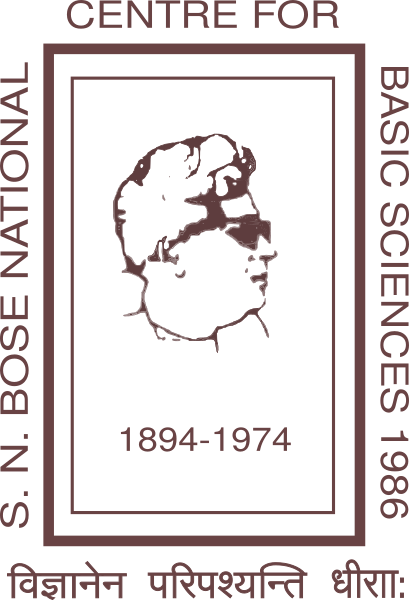S. N. Bose National Centre for Basic Sciences (SNBNCBS) is an Autonomous Research Institute established under the Department of Science and Technology, Government of India in 1986 as a Registered Society. The Centre was established to honor the life and work of Professor S. N. Bose, who was a colossal figure in theoretical physics and has made some of the most fundamental conceptual contributions to the development of Quantum Mechanics and Quantum Statistics.
The Centre has emerged as a major institution for research and development in Basic Sciences, specifically in the areas of physical sciences and related disciplines. The Centre, while focusing on basic research, has also made a new move to contribute to application- driven basic research in areas of national needs.
The Centre is also a major hub of advanced manpower training and linkage in this crucial area of Science and Technology. The Centre offers both residential and non-residential programs leading to PhD and has a vigorous Visitors & Linkage program.

